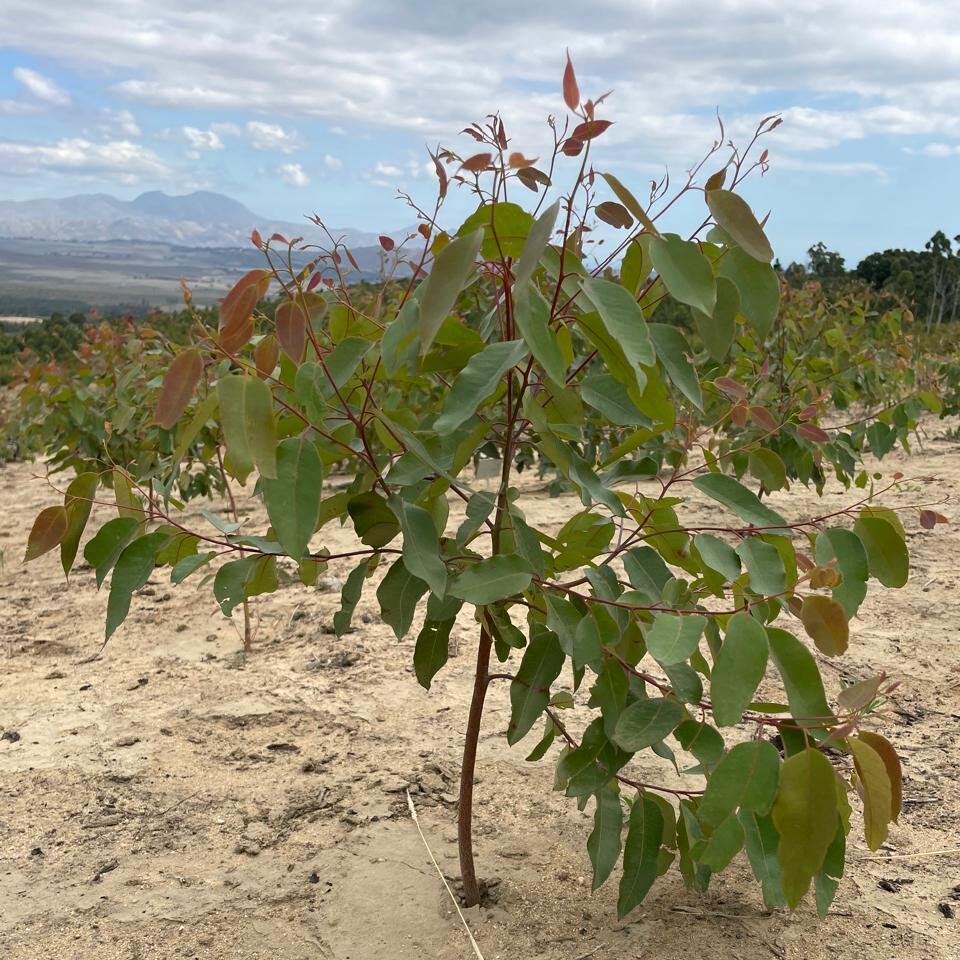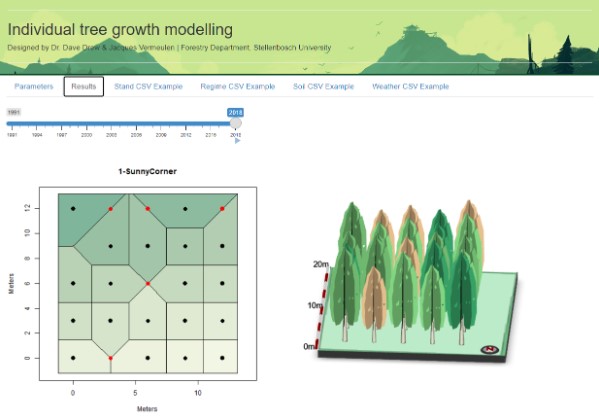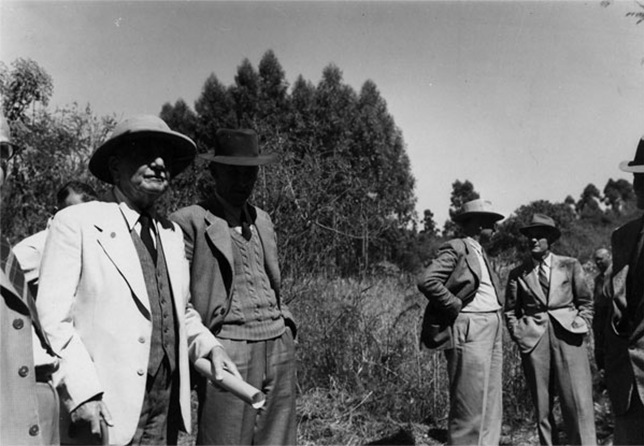Current Projects

Eucalyptus trees are not just iconic symbols of the southern hemisphere, they’re also key players in forestry, carbon sequestration, and climate adaptation. But how do young Eucalyptus trees cope with different environments? That’s the question at the heart of Erin Ramsay’s research, which explores how juvenile Eucalyptus species manage water

This project uses terrestrial and airborne laser scanning to model the spatiotemporal dynamics of crown architecture and its influence on young eucalypt performance across multiple species and sites.

Development of a low-cost, printed electronic nose (e-nose) to accurately detect salt-induced stress in Eucalyptus trees by optimizing sensor design and validating VOC-based stress detection.

Investigating how Eucalyptus species respond fluctuations in rain events followed by drying cycles, focusing on growth and physiological traits as coping mechanisms for drought.

Mini-rhizotrons at the IMPACT site to study Eucalyptus root architecture under varying competition levels, using machine learning to analyze root, environmental, and above-ground plant characteristics.

Project EucVision aims to conduct a comparative analysis of drones, manned aircraft, and satellites in the context of forestry applications.

This project will focus on developing a site index growth model for Eucalyptus that can be modified as weather conditions change to enhance prediction accuracy.

Rhizotrons are permanent devices used to measure plant roots; they typically have transparent viewing surfaces. These devices use high-resolution cameras to observe root development at the macroscopic or microscopic level.

Explore the development of xylem in Eucalyptus cladocalyx focusing on the relationship between cambial growth, exposure to cyclic drought and varying temperature changes.

Monitoring pests, diseases, and the diversity of foliar fungal microbiomes in various Eucalyptus species planted at the IMPACT OAL.

Conducting a soil functioning study at IMPACT. The study will be examining the use of the bait-lamina method as a monitoring tool for soil function in Eucalyptus plantations.




